Dec 4th 2024
Peterbilt has been a household name in the American trucking industry. Aside from its efficient models, truck drivers and business owners laud the driving comfort Peterbilt models provide, especially the Peterbilt 362. In this blog, we’ll discuss frequently asked questions about the unit, including information about when the Peterbilt 362 came out, when Peterbilt stopped building the 362, and more about the history of the Peterbilt 362.
When Did the Peterbilt 362 Come Out?
Peterbilt formally announced the production of the Model 362 in 1981. The Class 8 model has a cab over engine (COE) design, ensuring productivity and versatility. Surprisingly, the unit maintained a competitive reputation among the numerous commercial truck engine choices available at the time. The 362 was also made available with Caterpillar, Cummins, and Detroit Diesel engines.
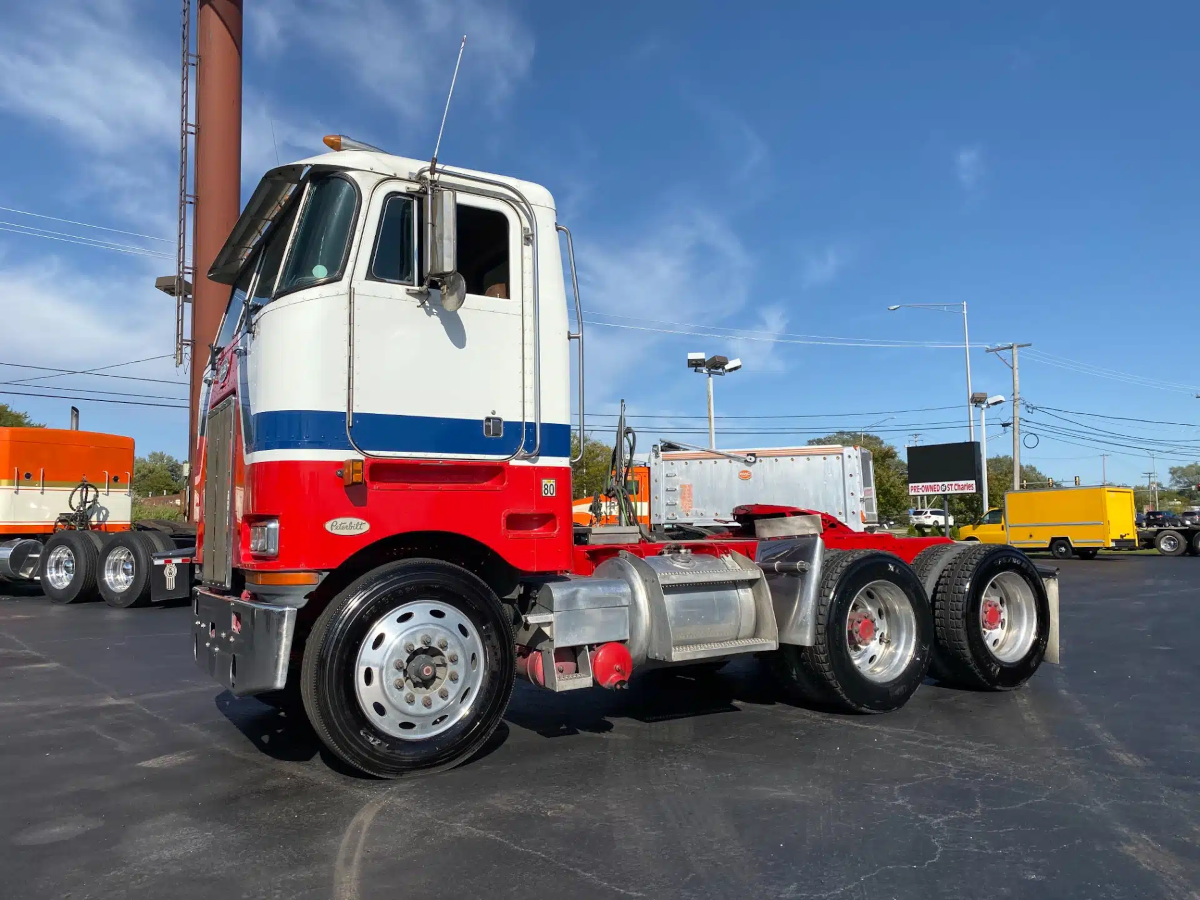
The Peterbilt 362’s popularity peaked when it was chosen as a character inspiration for Pixar’s movie “Cars.” In the movie, the character Jerry Recycled Batteries is a hauler that works as a transporter for Recycled Batteries. He’s designed as a maroon 1981 Peterbilt 362.
What Is the History of the Peterbilt 362?
The development of the Peterbilt 362 can be tracked into three models, the Peterbilt 351, 352, and 372. To understand how the model acquired its current design, let’s take a look at each of the models:
Peterbilt 351
In 1954, Peterbilt released the Class 8 Model 281/351, which replaced the Model 280/350. The model had a “narrow nose” conventional design and redesigned horizontal grille shutters. Aside from this, the unit also graced a larger and wider cab design compared to its COE predecessors.
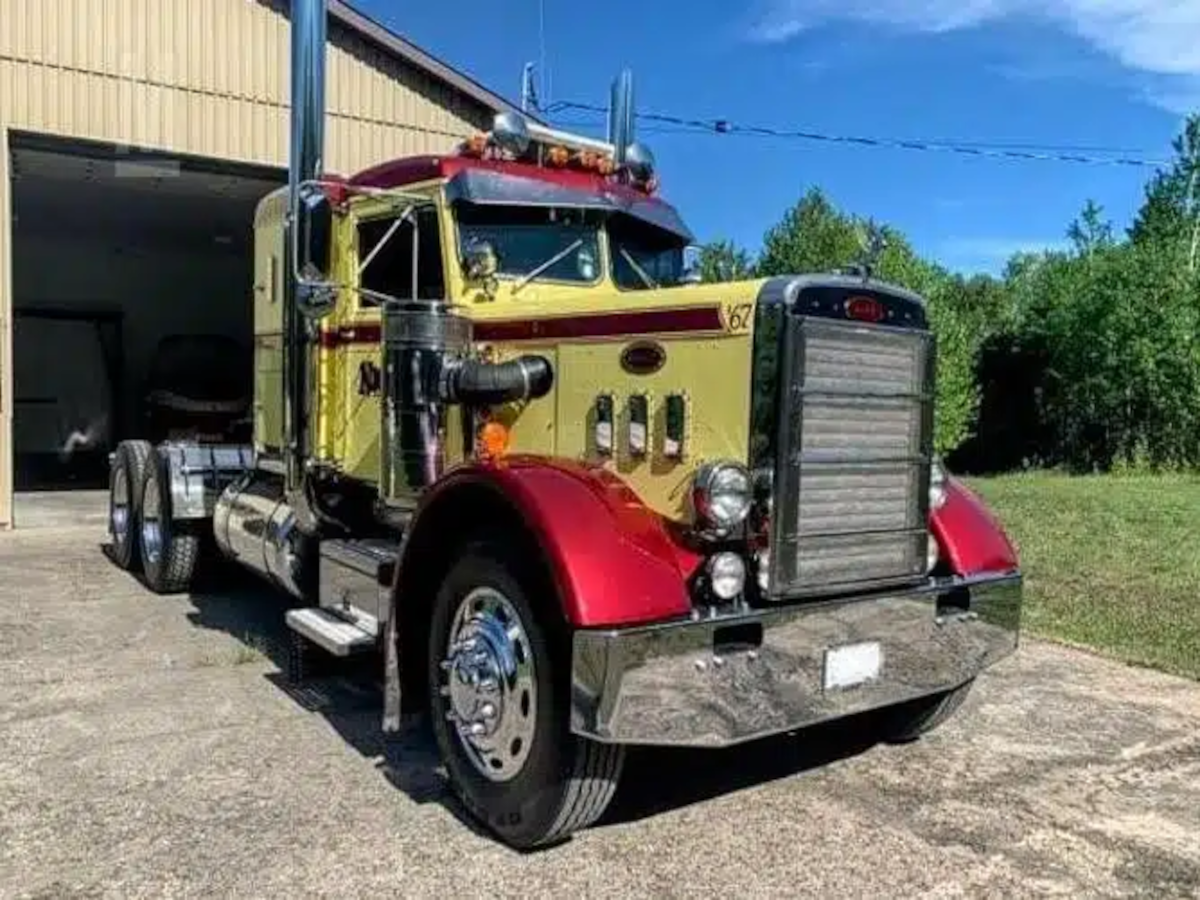
Despite its popularity among vocational truck drivers, the 281/351 was ultimately discontinued in 1959 and was replaced by the Peterbilt 282/352.
Peterbilt 352
Peterbilt officially released the Class 8 semi truck Peterbilt 282/352 in 1959. It sported a similar overall design to the 281/351 except for the quad headlamps and new tilting cab, which gave drivers better access to the engine.
In 1969, Peterbilt opened a new production facility in Madison, Tennessee, primarily because of the growing demand from the East Coast. The first project for the expansion program was to improve the COE models, including the 352. The Model 352 was dubbed the Pacemaker because of its double bunk sleeper and wider base.
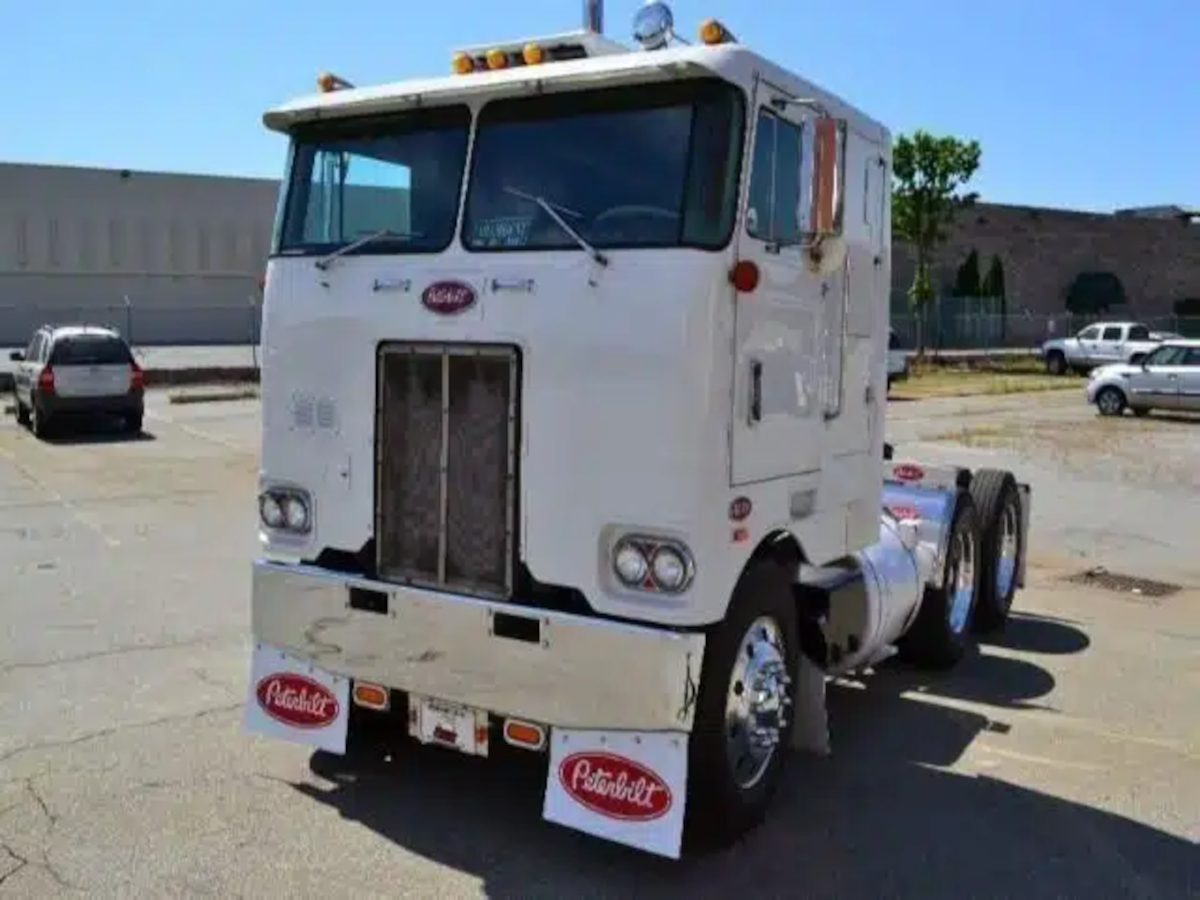
In 1975, Peterbilt further expanded its production by introducing Peterbilt Canada in Sainte-Therese, Quebec. The 352 COE underwent a model revision, becoming the 352H (high-mounted cab) to accommodate larger engines. Despite the numerous updates the 352 underwent, it was ultimately replaced by the Model 362 in 1981.
Peterbilt 372
In 1988, Peterbilt introduced Model 372, a Class 8 COE designed as a highway tractor. It was designed with improved aerodynamics. It shared the same engine as the 362 but had better fuel efficiency. Aside from this, its 3-piece windshield was modified into a pointed-center look. The roof fairing was extended forward with an upward-tilting shroud mated to the grille. The 372 did not come with a set-back front axle, but it came with a wraparound front bumper and skirted body sides as an option.
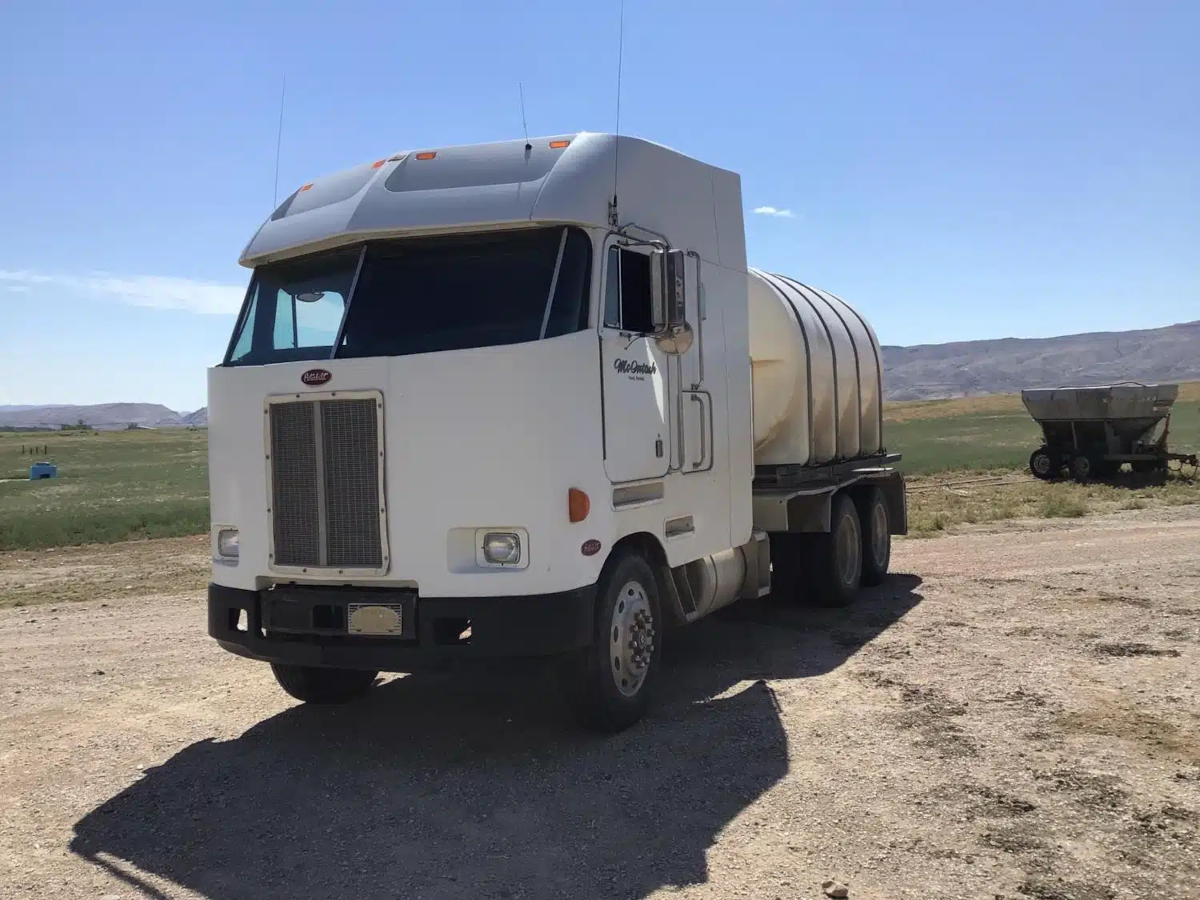
The 372 achieved over 11 mpg in real-world testing despite the aerodynamic configuration of the cab. The model experienced a poor market response, so Peterbilt decided to focus on the more popular 362.
When Did Peterbilt Stop Building the 362?
After numerous configurations since its release, the Peterbilt 362 was ultimately discontinued in 2005 due to updated emission standards. Despite this, no new Vehicle Identification Number (VIN) was released. Its last VIN was in 2003, but because of its limited production since that year, the registered VIN of the succeeding units was not updated.
While Peterbilt is no longer releasing the new 362, the unit maintains a good resale value. For this reason, numerous secondhand units are still available on the market today.
What Are the Peterbilt 362 Specs?
The Peterbilt 362 was famous for driving efficiency due to its well-designed engine, interior, and exterior. Let’s go through the unit’s unique specifications one by one:
Engine
As mentioned earlier, the 362 was made available with Caterpillar, Cummins, and Detroit Diesel, running with an average of 350 horsepower. The flagship Cummins engine was mated with a 13-speed overdrive manual transmission with Air Ride suspension, twin-steer configurations, and all-wheel drive. Several axle configurations are offered, one of which is the tandem rear axle with a 12,000 lbs front axle and a 40,000 rear axle.
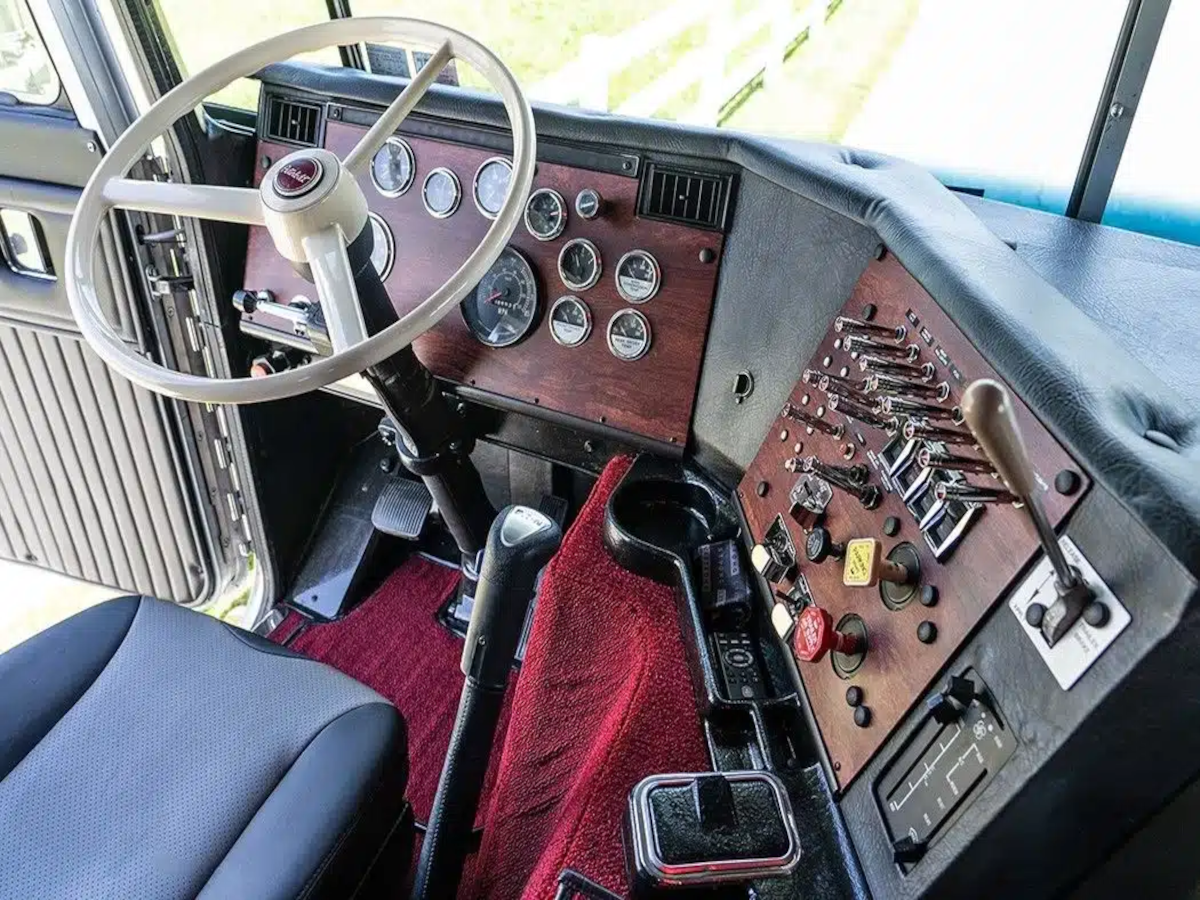
Interior
Peterbilt took pride in its cab, which has exceptional aerodynamic features and a highly convenient interior. The driver’s seat was placed in an ergonomic position that didn’t just ensure a comfortable riding position but also made the dashboard highly accessible. In total, Peterbilt offers the 362 in six kinds of cabs, which range from 54 to 110 inches in length.
Exterior
While the Peterbilt 362 graced a similar design to its predecessor, it came with a 3-piece windshield and three windshield wipers. The iconic grille of the unit gained even more popularity when it was featured in the Pixar movie “Cars” as the character Jerry Recycled Batteries.
Peterbilt 362 vs 352 – Which Is Better?
The Peterbilt 362 was better received by the market than the 352. Because of its fuel economy, it was a popular choice among business owners. Aside from this, it was also preferred by organizations because of its vocational uses.
In Conclusion
Thank you for reading this article on the Peterbilt 362. If you would like to add more to the discussion, we would love to hear from you. Feel free to send us an email at sales@shorelinetruckparts.com

